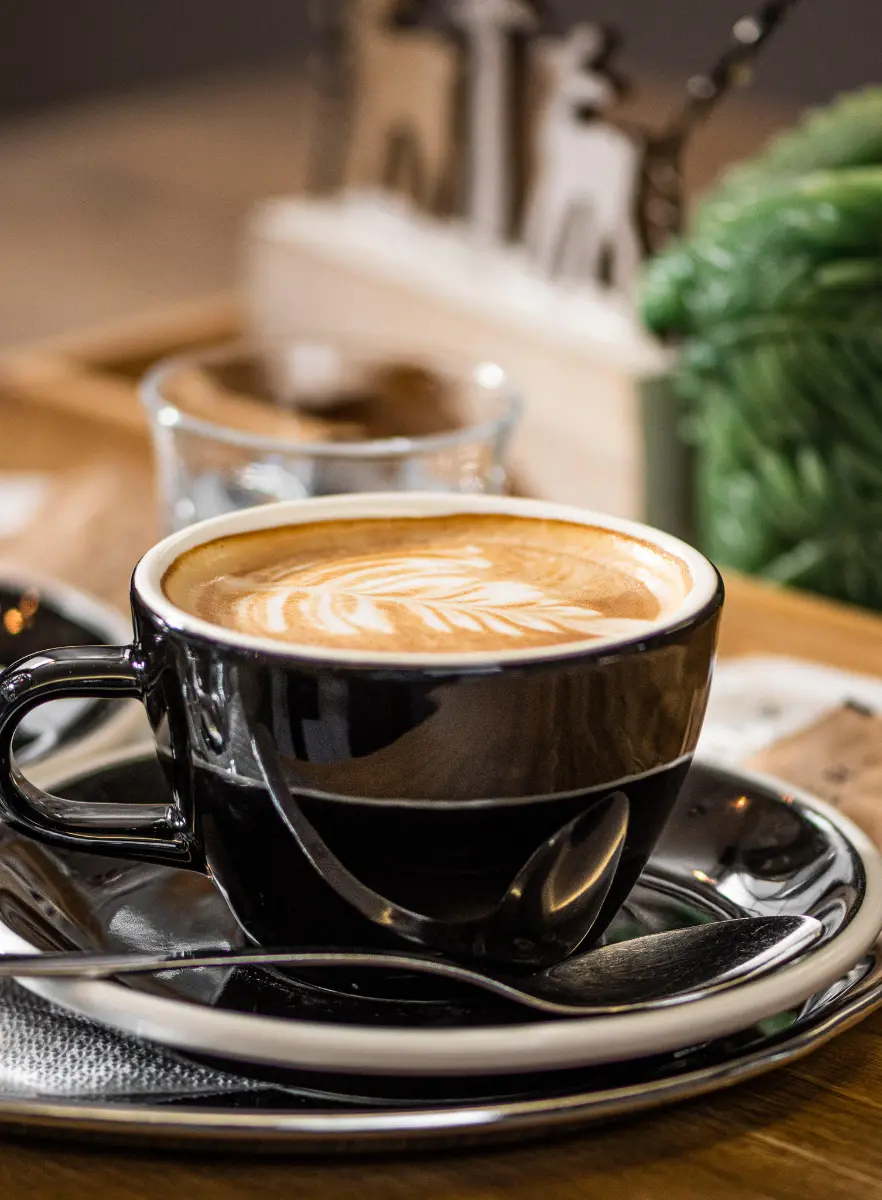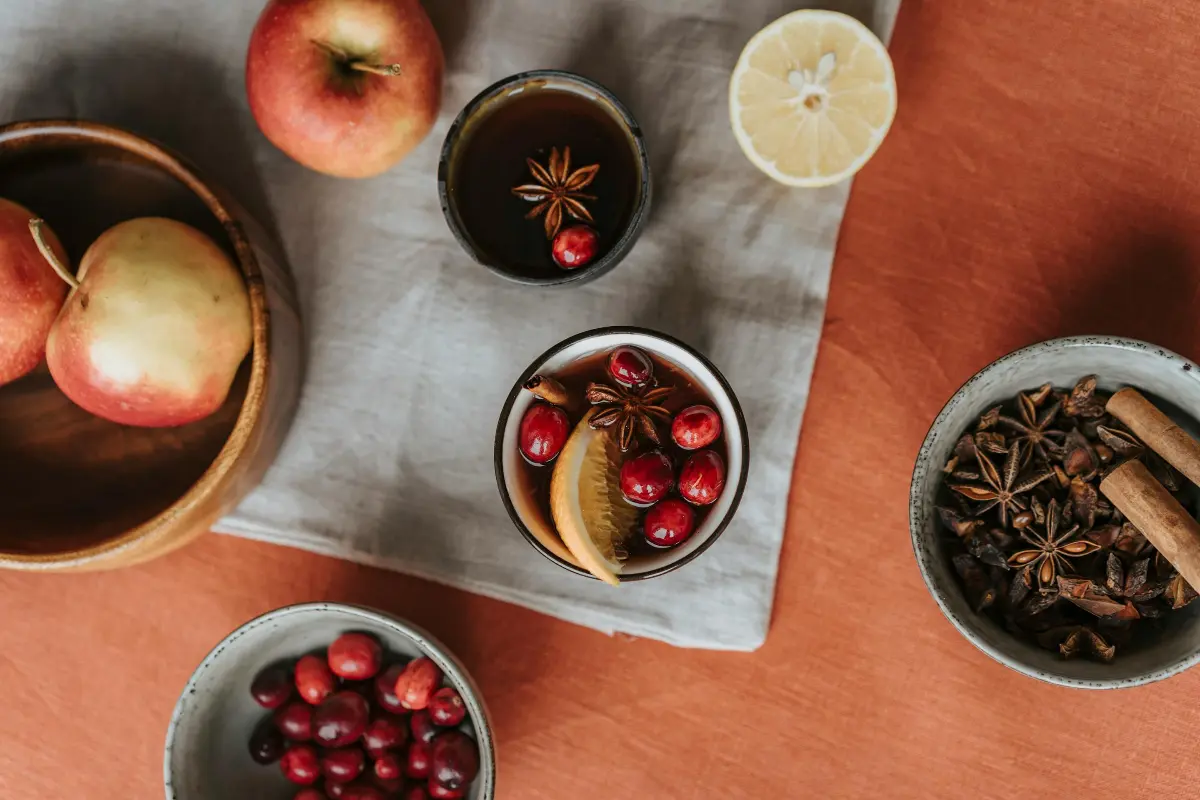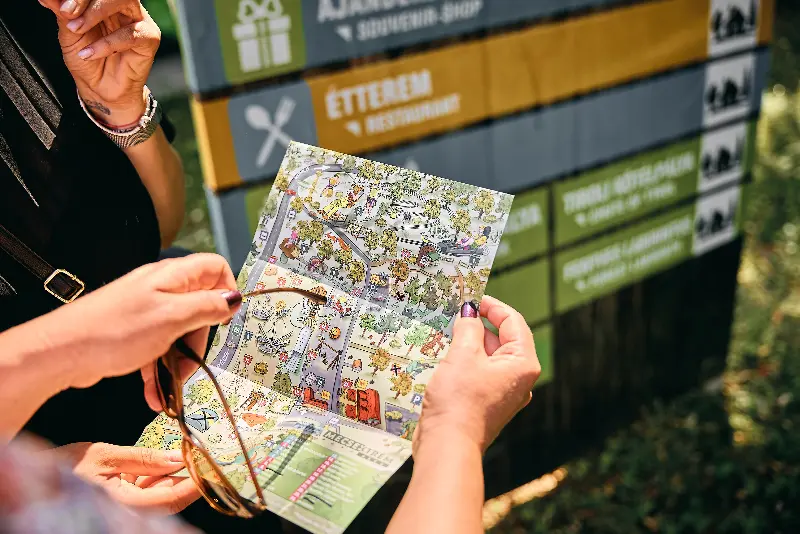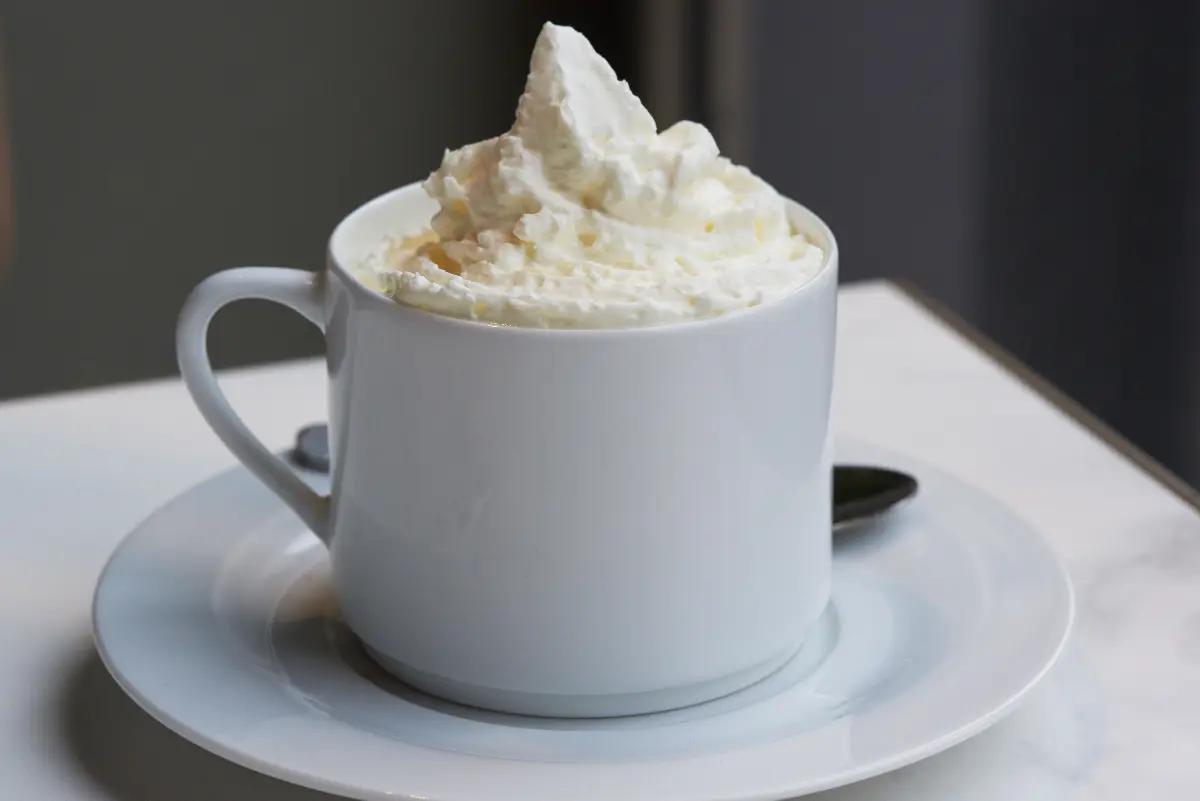
Helyszín címkék:
The “indianer”, cappuccino and a special confectionery in Sopron
Erdélyi Csilla
The “indianer’”, a cream topped chocolate bun, was first created by a Viennese pastry chef. According to sources, the creation of this meringue-chocolate cake could be connected to the Hungarian aristocrat Count Ferdinánd Pálffy, the Intendant of the “Theater an der Wien”. What we know about the Count is that, like the aristocrats of the time, he was a worldly man of the early 1800s, who kept a constant eye on the theatre and related events, which were almost the most authentic source of news and trends at the time. That is how he found out that an Indian artist was touring the cities of Europe, and enjoying great success everywhere. He managed to arrange for the extraordinary artist to perform in Vienna, and commissioned his pastry chef to come up with a sweet for the first night of the performance that would be similar in colour to the Indian guest's skin. This is when the pastry chef invented the “Indian doughnut”, which, similarly to the Hungarian “képviselőfánk” (vanilla cream puff), is made of choux pastry, cut in half, filled with whipped cream and covered with chocolate glaze. The Count was absolutely delighted, and asked him to get men at once to make enough “indianers” so that every visitor to the theatre would be given one to taste on entering. And the audience loved the treat so much that the next day they stormed Vienna's bakeries looking for the new cake. They even gave it a name: “indianer”. The eponymous "Indian" was most likely not an American Indian, but an Indian from India. In the 19th century, many Indian showmen travelled Europe, calling themselves “Indianer” in German.
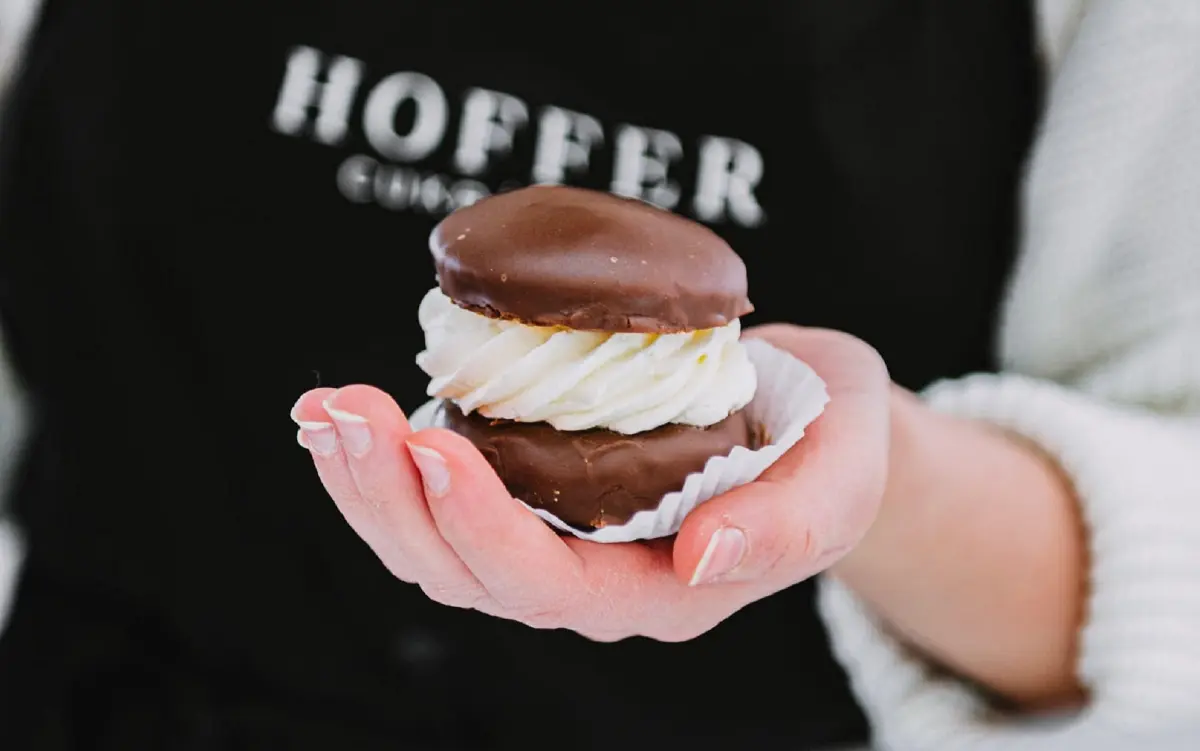
Back to Sopron, located just an hour from Vienna, the newer life of the confectioners in the 750-year-old city was also influenced by the Austrians, who were keen to use the much cheaper beauty and health services here from the 1970s onwards. The Austrians were very fond of coffee with whipped cream, which they called cappuccino or nowadays they just call it “coffee with whipped cream”. At that time, however, it became colloquially known as “cappuccino”, which is still a common word in Sopron's cafés, even though we have witnessed an incredible development in coffee culture since then. As a result, in many places, when you order a cappuccino, you are asked whether you want it with foamed milk or whipped cream. Do not be surprised, it is not due to the unpreparedness of the staff.

The “Várkerület” (Castle District) is a special merchant street in Sopron with a history of around 200 years. It was around this time that the Sopron Castle lost its military importance, and ingenious citizens began to build on the inner side of the moat. First, they set up market stalls, then the building plots were gradually expanded. Warehouses were built on the site of the buried moat, and stone houses were erected. In this way, the modern, uniform shape of the castle district was established; multi-storey block of flats with shops on the ground floor.
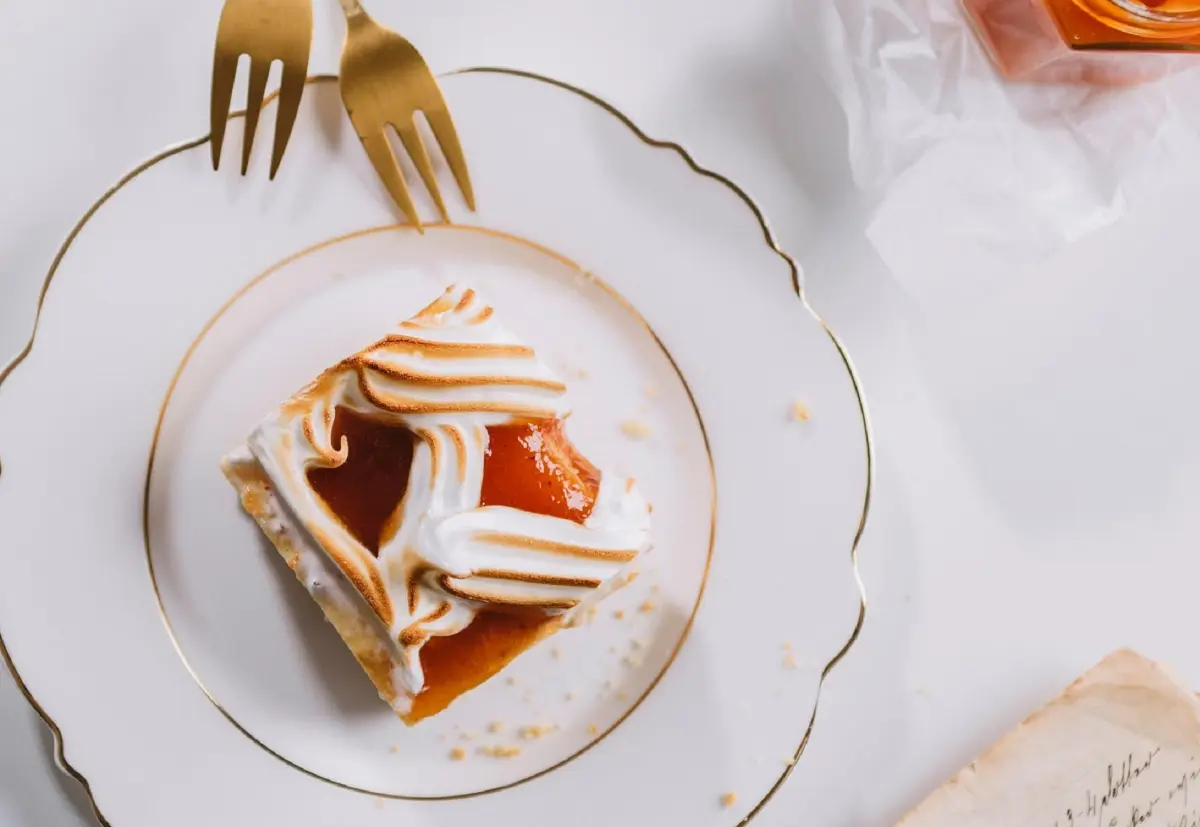
The Hoffer confectionery at No. 86 closed once before, but the family has recreated the cocoa and vanilla scent in the house. The house owes its present form to the architect Nándor Handler, who designed this two-storey house in late Renaissance style in 1877 for the then-owner Antal Gernitsch and his family. There is a shoemaker's workshop on the ground floor, flats on the first floor and utility rooms on the second floor. Even between the two world wars, a small shop, the His Confectionery sweetened the everyday life of the people of Sopron. It was here, at the end of the thirties, that Ferenc Hoffer served and learned the tricks of the trade. After the war, he and his wife opened two businesses of their own, but they were swept away by the storms of socialism. They later managed to recover the business, which they ran until their deaths. Their name has become a concept. The people of Sopron received the many sweet delicacies with grateful hearts and joy. Then the confectionery closed down for a long while, and for a long time a hairdresser's shop operated in its place, but today the world has been restored, and the third generation of the famous family await the sweet-toothed people of Sopron again.

